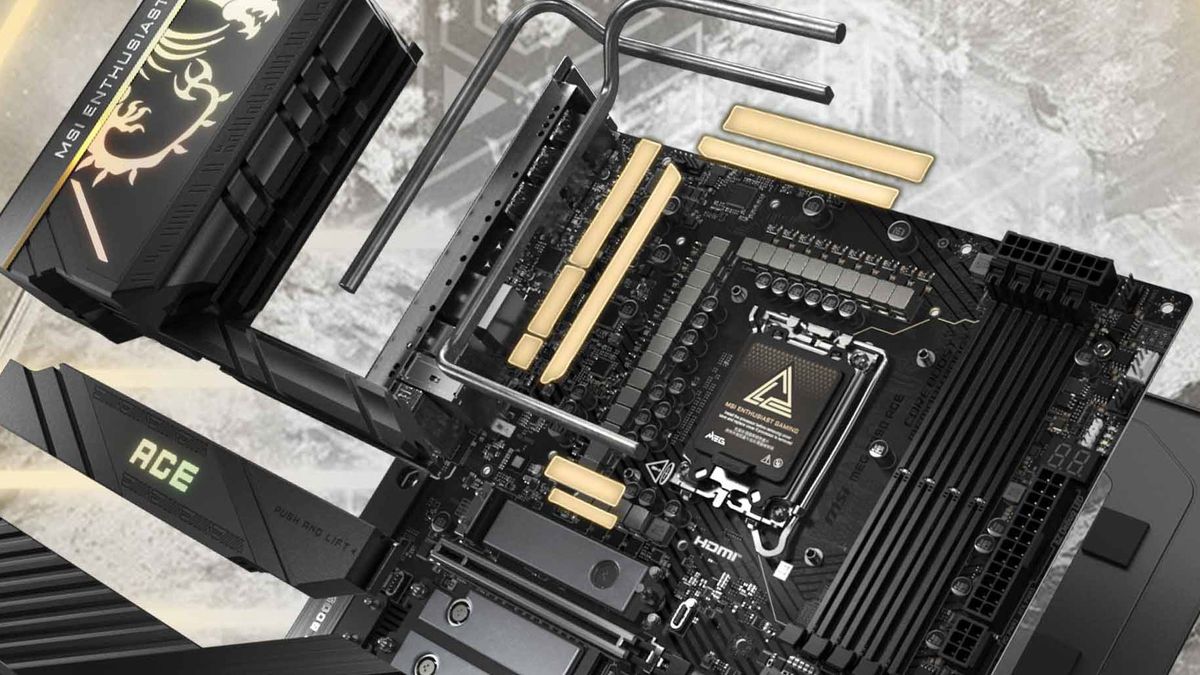Yesterday, Blur Busters (best known for its UFO Test Refresh Rate testing utility, as well as extensive monitor testing and documentation resources) has released and open-sourced a new CRT filter in the form of a GPU shader that fully simulates CRT beams. It's what Blur Busters and others are claiming to be a CRT-authentic, superior alternative to Black Frame Insertion (BFI) as a method of increasing motion fidelity on modern LCD and OLED displays, especially OLEDs.
If you aren't familiar with CRTs, you may not know why is move is being so widely celebrated across retro hardware and retro gaming circles on Twitter, BlueSky, and other places the announcement has been disseminated.
Basically, classic CRT TVs and monitors had one key advantage over nearly every modern panel type: flawless motion fidelity with near non-existent motion blur, which usually also meant no input latency. While CRTs were typically limited to sub-HD resolutions and were also heavy and prone to flickering, they could also have superb contrast and color depth. Some even argue that the common tube design of CRT screens provides more 3D depth to the images within, though this is a bit subjective.
These benefits of CRTs are why they're still so prized in certain groups, particularly competitive gaming communities, like the Super Smash Bros. Melee scene that still relies on CRT TVs, and retro hardware enthusiasts in general. Some retro gamers are particularly outspoken about missing CRT displays, and not for shallow reasons, either— most classic pixel art games were made with the expectation they would be shown on a CRT, and the pixel art often looks a lot blockier and less convincing on a modern display type.
Blur Busters' CRT simulation shader was developed as a collaboration between founder Mark Rejhon and former AMD and Nvidia employee Timothy Lottes. The shader has been released on both GitHub and Shadertoy platforms, and the system requirements are actually quite high.
While the shader is recommended for OLEDs, it can technically be used with LCDs, too. It just won't provide an effect that's as accurate to CRTs. The shader is made just for smoothing out 60 Hz content on modern high refresh rate displays, with higher refresh rates (120 Hz, 240 Hz, etc) all being used to improve the accuracy and fidelity of the CRT simulation effect. This should provide a major motion blur reduction, especially on 240 Hz+ OLED displays, and ensure that retro titles reliant on CRTs for authentic visuals can still be seen as they were meant to be seen on a modern-day monitor.

 14 hours ago
4
14 hours ago
4








 English (US) ·
English (US) ·